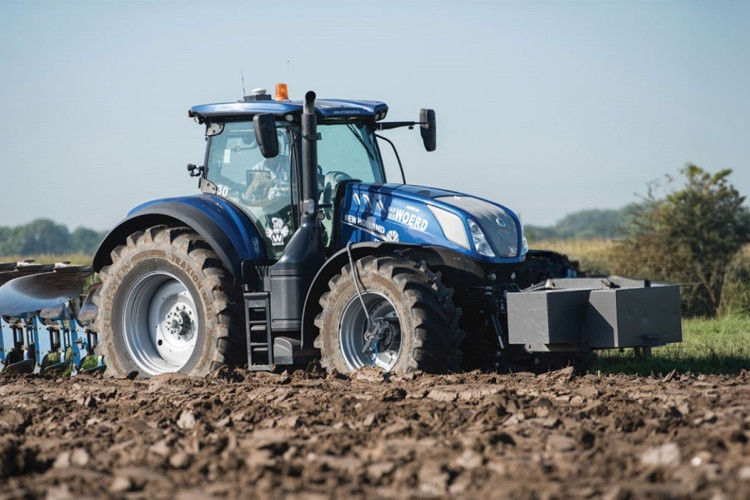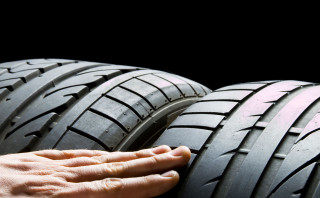What makes tyres wear out?
You’re looking to buy some new tyres. You ask a few friends what they have. They boast about how many kilometres their tyres have travelled. Or maybe they don’t. Maybe they don’t like their tyres and say so.
Maybe, just maybe… two friends who have exactly the same tyre say completely different things about them. One boasts of high Ks. The other completely rubbishes them and says they can’t last the distance.
But how can that be? Is it down to inconsistent production? Can the same tyre manufacturer make some tyres that are ‘bad’ and some ‘good’? Well, that is always possible. But there are likely other forces at play here.
Probably the only constant is people talk about tyre performance in terms of how many kilometres they have travelled. The assumption is that the higher the mileage, the better the tyre is. This risks ignoring a number of other important factors but we’ll save that for another day and another blog. For now, let's tackle why your two friends may have had different outcomes from the same tyre.
There are several causes of tyre wear. As while you can be (pretty) sure the tyres all arrive in the same condition from the manufacturer, the life they lead on the vehicle can be very different.
First up: Your tyre pressure and how it affects tyre wear
If your tyre is under inflated then the shoulders of the tyre take on much of the load. This causes the shoulders to wear whilst the centre is unworn. The result is an uneven distribution of wear, with more rapid wear featuring in specific areas. The opposite (over inflation) causes the opposite problem. The centre of the tyre wears whilst the shoulders, with decreased surface contact, do not. The result is the same though, with uneven tyre wear that is more rapid in areas. In both cases, this shortens the life of the tyre.
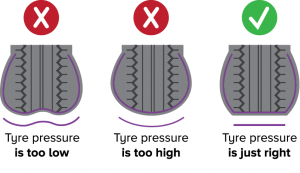
TIP: You can find the correct tyre pressure for your vehicle by searching for a sticker inside the drivers door. If it’s not there, it could also be on the back of the fuel filler flap, under the bonnet or in the glovebox compartment. Or you could take a look in the owner's manual. If you’re still drawing a blank then there’s always Google. We probably recommend checking with the experts over Google though and visiting your local tyre centre.
Next: Your wheel alignment and how it affects tread wear
If your wheel alignment is out and your car may be pulling to one side slightly, then uneven forces are applied to different parts of the tyre. If left unchecked, this can cause unwarrantable levels of tread in some areas whilst others remain annoyingly tread rich. It’s certainly not the best way to get the most value from your tyres.

So how often should you get a wheel alignment? You should certainly get it done when you get a new set of tyres. Beyond that, getting your alignment checked every 12 months or 10,000 km (whichever comes first) is good practice. Hitting potholes or kerbs can knock out your wheel alignment quite quickly so if you start to notice uneven tyre wear or if you can feel the car pulling to one side when you’re steering straight, it’s a good idea to get it checked again before you lose too much of that precious rubber from one part of the tyre.
Wheel balance issues and tyre wear
If your vehicle load is heavy or you’re towing a lot of the time… your tyres will be affected. Simply put, additional weight and towing make your tyres work harder, which leads to more rapid tyre wear – particularly when accelerating, braking and cornering. You need to make sure you have the right tyres in the first place too. Not every tyre is suitable for every load. Check and make certain your tyres have an adequate load rating and appropriate tyre pressure so you’re not asking them to do something they weren't designed to do. We suggest that you check with your tyre professional if you are unsure.

The road surface
What kind of roads will you be travelling on? For your friends with the wildly different experiences - do you know what type of roads they are rumbling down? Curved, winding and hilly roads mean more braking, cornering and accelerating. You’re going to go through them quicker than if on a straight, smooth highway. Different surfaces have different effects too. A rough, high friction surface can also reduce tyre life. Especially if you have a heavy foot!
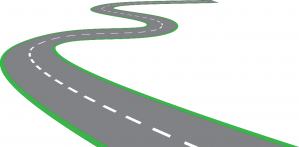
Your driving style
You may not know any racing drivers... but if you did then their driving style (on the track of course, we’re sure they don’t drive like that on the open road) serves as an example of how driving style can affect tyre wear. Accelerating quickly with screeching wheels, pushing the limits of traction on corners, braking as late as possible - it all puts pressure on the tyre and reduces tyre life expectancy.

The road temperature (literally)
As you drive, tyres start to heat up. And the hotter the road, the faster the tread rubber starts to soften. There’s not much you can do about this (other than taking breaks if you can so your tyres can cool down). But if for example, you’re doing a lot of driving on hot roads in Canterbury and your latest set of tyres hasn’t worn as well as your previous set, it might come down to the time of year and the temperature of the roads. And be aware, if you head on to gravel once you’ve been on the road for a while and the tyres have heated up, the softened rubber is going to tear up on the gravel lot more easily.
Tyre rotation and wearing tyres more evenly
Your tyres will also benefit from being rotated - that is, swapped to different axles, and if the tread design allows it, to different sides of the car. No - this is not some clever ploy from the tyre centre to get some more money out of you. There is real value getting this done. Why? It’s because the steering forces, acceleration and braking on the wheels increase tyre wear. For front wheel drive vehicles this is especially true, as tyres wear faster on a driven axle than on a free rolling axle. This won’t necessarily mean you get more wear out of your tyres, but they’ll wear more evenly and you won’t end up with two worn out tyres on the front of the car while the rear tyres still look new. Again, every 10,000 kms is good practice for a tyre rotation.
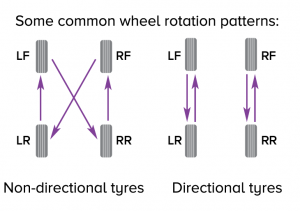
We're worn out now
So there we have it. Even when you’re running identical tyres, there’s quite a number of factors which can determine tyre wear and the rapidity (or not) of that wear. Knowing what they are means you can minimise their effect and maximise longevity. As always, just make sure you keep an eye on tyre wear and stay safe.
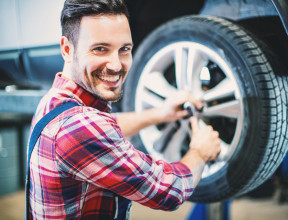
-
Topics:
- Road Safety
More tips and articles
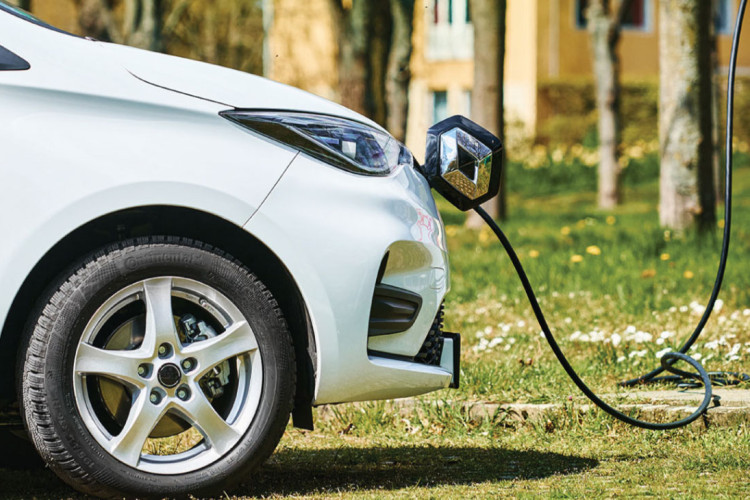
Tyres for Electric Vehicles
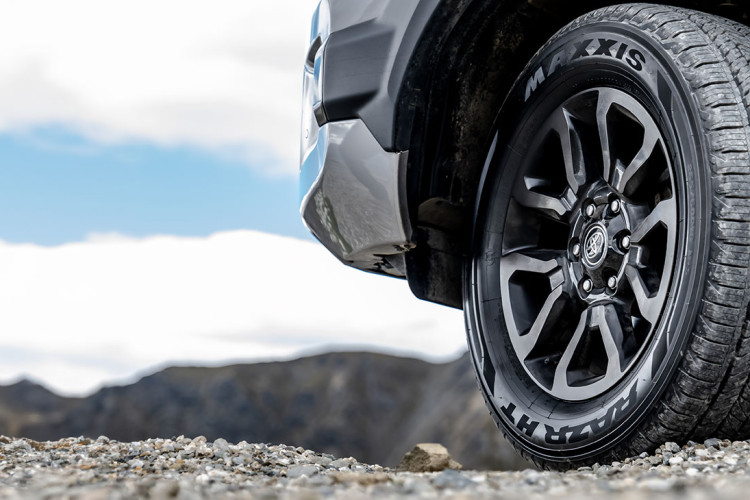
Product Spotlight:
Maxxis HT780 RAZR HT
